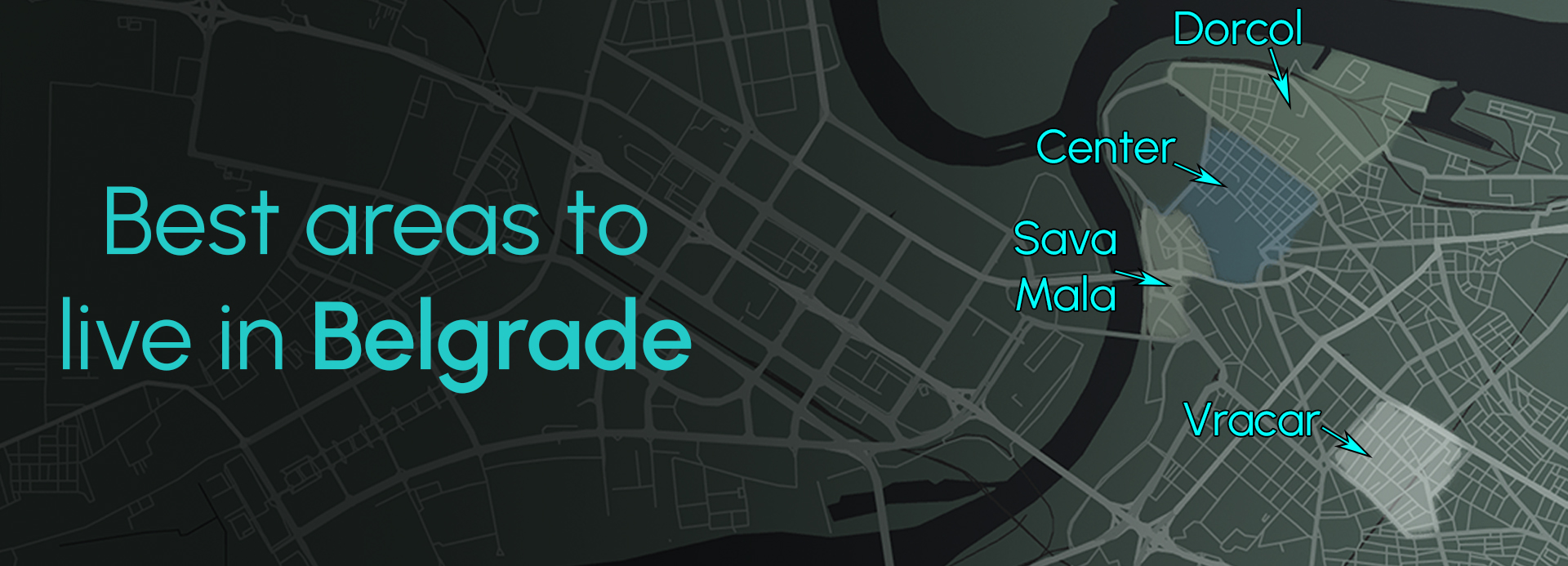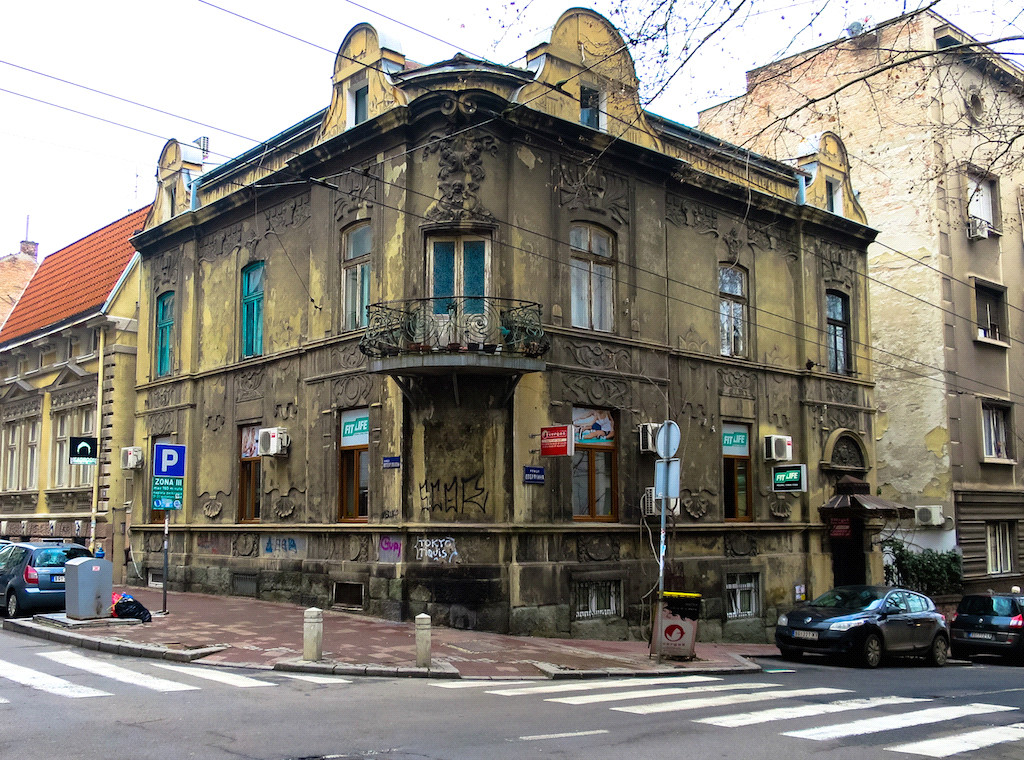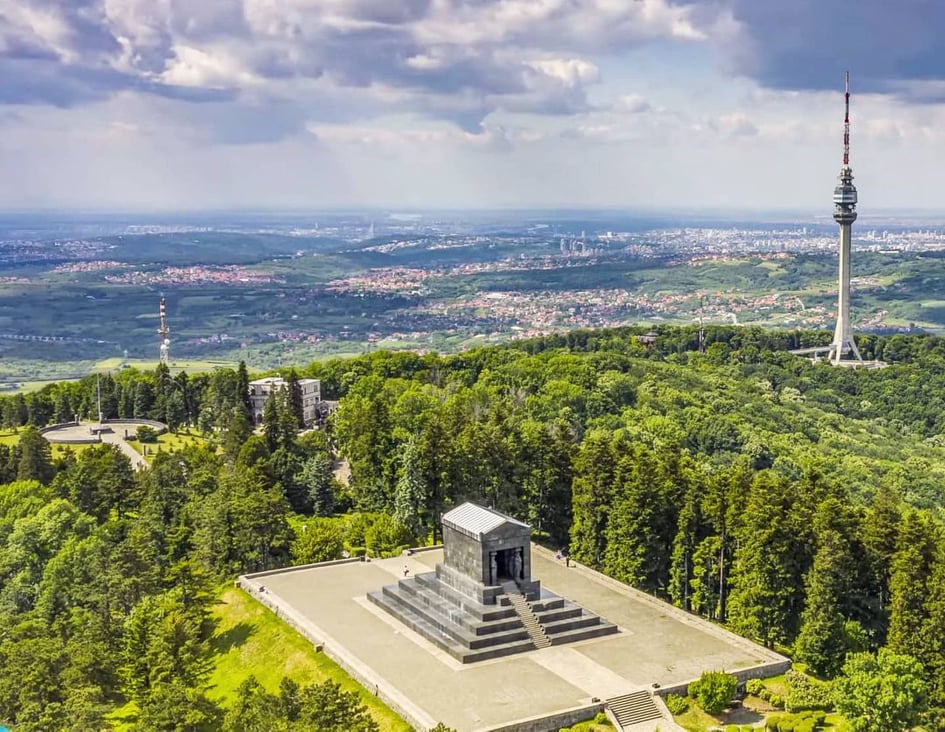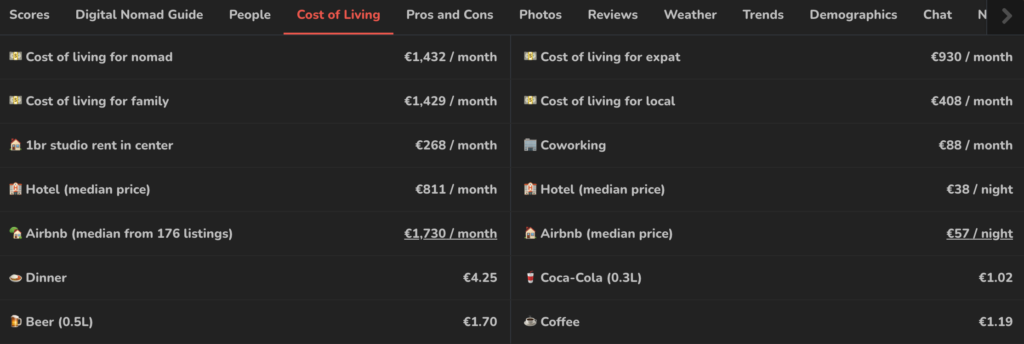Belgrade Guide for Digital Nomads
Written by Tal Braiman
Belgrade has a special place in my heart. A city ravaged by war and in a tug-o-war between the Ottoman and Austro-Hungarian empires that turned into a prosperous center of intellect and culture during the Yugoslavia period to finding its unique flavour and style today in our modern world. The architecture is varied, and no two city areas look the same.
In the historic center, you will find a mix of elegant Austro-Hungarian and historical Ottoman architecture, with some modern buildings and glass high-rises sprinkled in. Across the river in New Belgrade, you’ll find large gray socialist buildings and Soviet-inspired architecture.
In my opinion, the people in Belgrade live to live, as opposed to being solely focused on making money, similar to my experience in Western-European capitals and the business cities of the world.
Belgrade is a wonderfully green city with trees, parks, and a beautiful nature-filled fort which can be found at the intersection of 2 of Europe’s greatest rivers: the Sava and Danube.
Belgrade has an up-and-coming arts scene, and you can find art festivals and exhibitions anytime. KC Grad is a venue in the center that hosts fascinating artistic displays and a weekly polyglot gathering. Techno clubs like Drugstore make you feel like you’re deep in the techno scene in Berlin, partying in an industrial abandoned slaughterhouse with bass pumping through the speakers.
The prices of Belgrade are among the cheapest in European capitals. Although the local wages are not up to international standards, you can spread your funds further coming as a foreigner.
All these things combined make Belgrade my absolute favourite city in Europe, which is why I decide to base myself there whenever I’m in Europe. With cheap flights all around the continent from Budapest Airport, and exciting cities just a bus ride away, including Skopje, Sofia, Sarajevo, Zagreb, and Ljubljana, it’s a well-located city as well.
Communities to Meet People
Table of Contents
Best areas to live in Belgrade

Center

Almost exclusively pedestrian area with many shops and restaurants, in the heart of the city and close to everything.
Sava Mala

Central neighbourhood closer to the waterfront. Close to the parties and nightlife centre. It could become rowdy at night with drunk partygoers.
Vracar

Up and coming area tucked away 30 minutes south of the Center. Here you can find trendy bars, restaurants, and the massive Saint Sava Church
Dorcol

Trendy and hip area. Tree-lined streets with charming architecture. Quiet but very central. Walking distance to the heart of the city and the Kalemegdan Fort.
What to see in Belgrade
Belgrade
Fortress
A beautiful large fort with sunset views, a zoo, gates, open-air-military museum and more! The fort is called Kalemegdan.
Trg
Republike
This central square is the heart of Belgrade which makes an excellent meeting point. Smack center of the city.
Temple
Sava
This large orthodox church is one of the most significant church buildings in the world. It is located in the bustling Vracar area.
Ada
Lake
The go-to summer spot for enjoying the beaches or going for a relaxing bike ride. The beaches get pretty busy during the hotter days, but it’s still worth visiting.
Tasmajdan
Park
Beautiful park with a large church near the center of the city. Nice place for a stroll.
Skadarlia
Street
The Bohemian Quarter has trendy ‘kafanas’ (lively local bars/restaurants). This cobblestone street is a must-see and has a lovely atmosphere in the evening. Also, check out the fresh market nearby. My favourite restaurant in this area is Tezga.
Knez
Mihailova
The main pedestrian and shopping street in Belgrade. Here you can find shops, restaurants, street musicians, and more.
My favourite spots in Belgrade
Restaraunts
Cafes
Bars
Nightlife
Tezga
Nice European restaurant near Skadarlija
Walter Sarajevski Cevap
Traditional meat-heavy Serbian restaurant chain
Smokvica
Central restaurant with wide selection and fabulous pizza
Meduza
Hip cafe steps away from Belgrade Fortress
Red Bread
Non-smoking cafe with wide snack selection
Kafeterija
Local coffee chain with many bean varieties to choose from
Dim
My favourite bar, underground with cool artists
Samo Pivo
A rooftop bar with a huge selection of beer on tap
Zaokret
A bar in the lively Cetinjska bar area with good drinks and prices
Drugstore
Techno venue in a old slaughterhouse
Ben Akiba
Eccentric venue w/ dolls and swings
KC Grad
Lively cultural center with many weekly events
Map of Belgrade
All mentioned locations on an easy to navigate map

Click on this icon (on the map) to see a list of all locations
Day trips from Belgrade
Avala
30 minute drive

A nearby mountain escape from Belgrade, Avala has many paths and trails to take you up and see the region from above.
Novi Sad
1 hour drive

Serbia’s second-largest city has a youthful energy with many students and hip cafes. It is filled with beautiful Austro-Hungarian architecture.
Subotica
2 hour drive

Subotica, once a large city in Yugoslavia, is now a quaint border town mixing Hungarian and Serbian languages and cultures.
Nis
2.5 hour drive

Nis is Serbia’s third-largest city with uniquely South-Serbian energy. Filled with pedestrian streets and has a massive fort in the center of the town.
